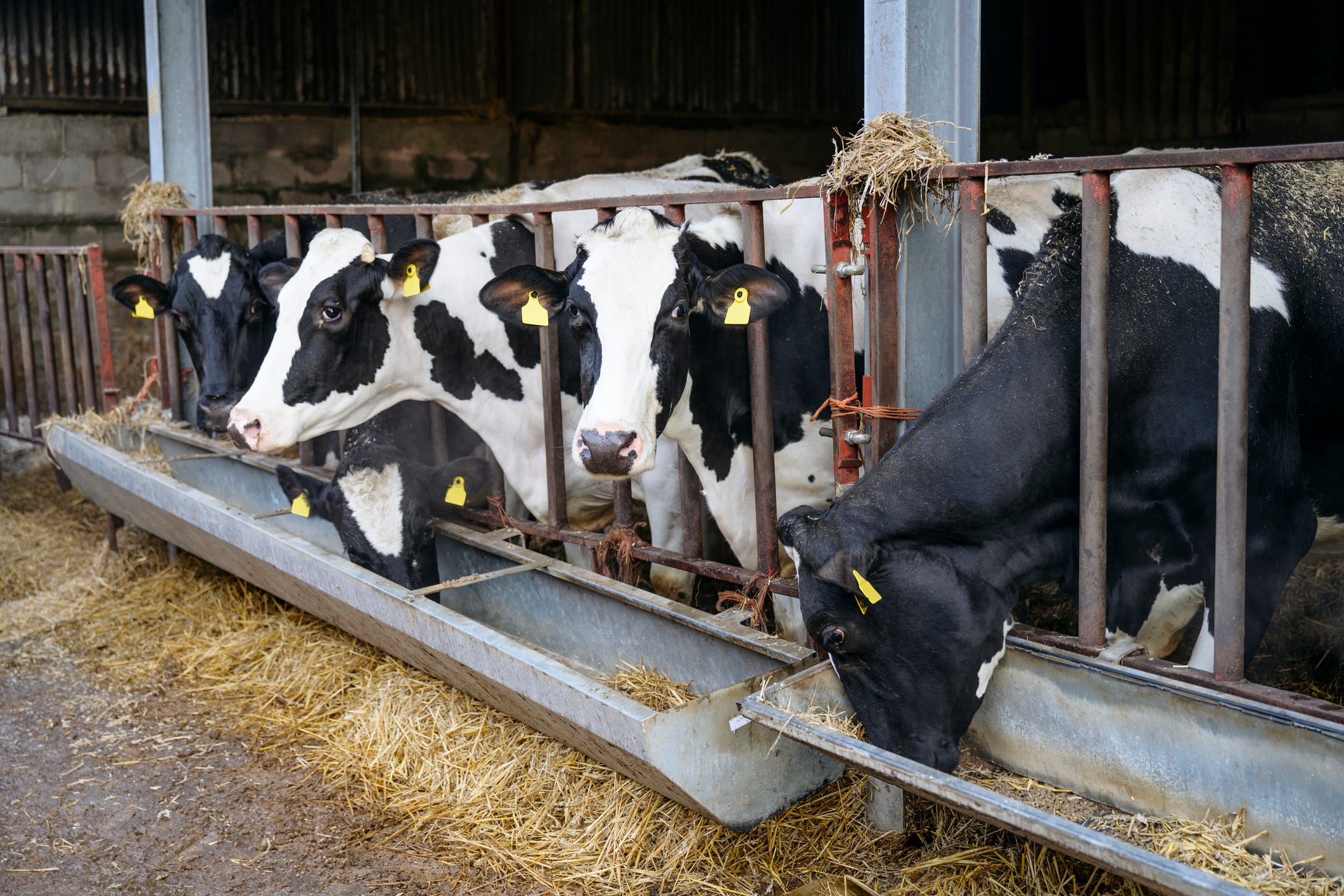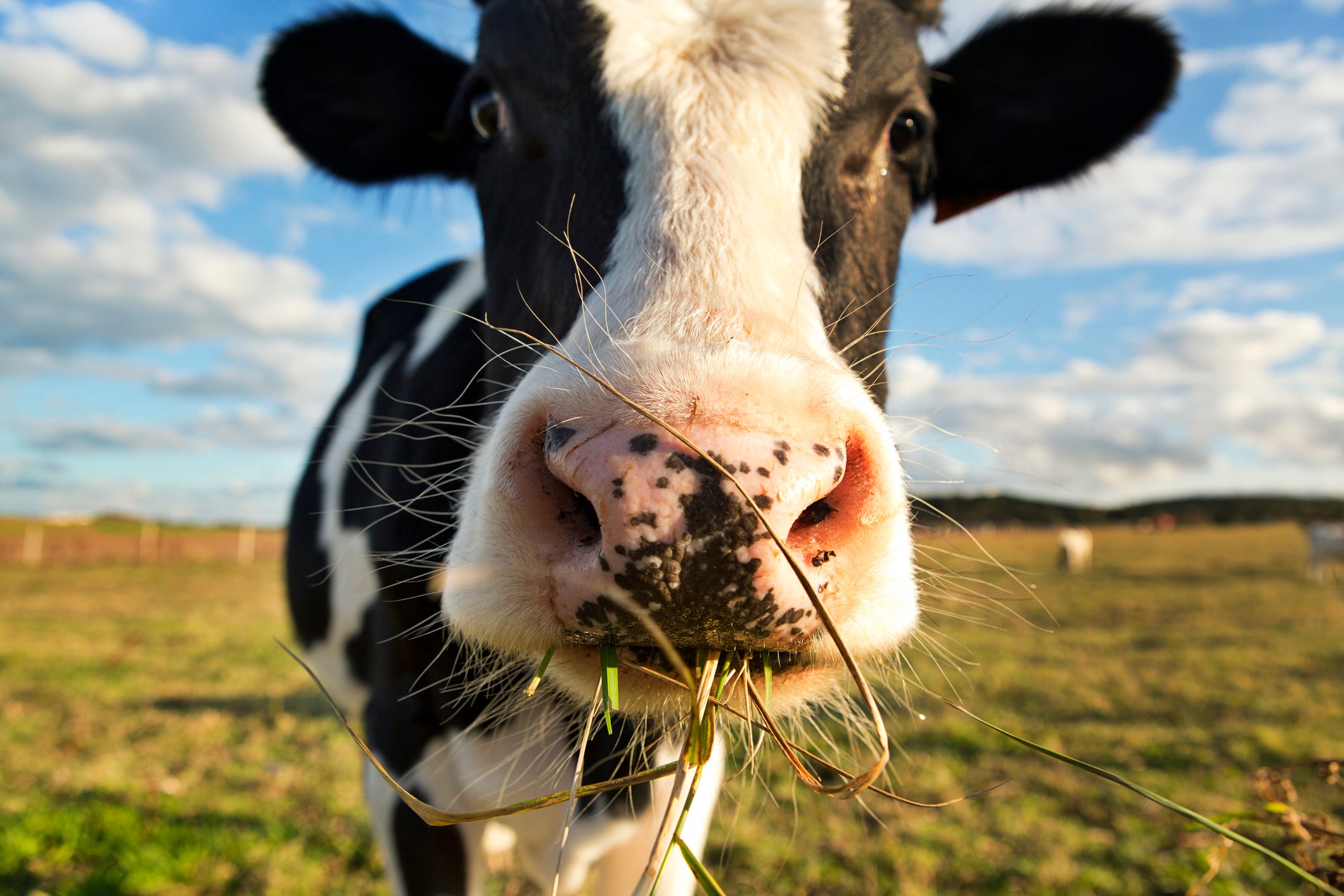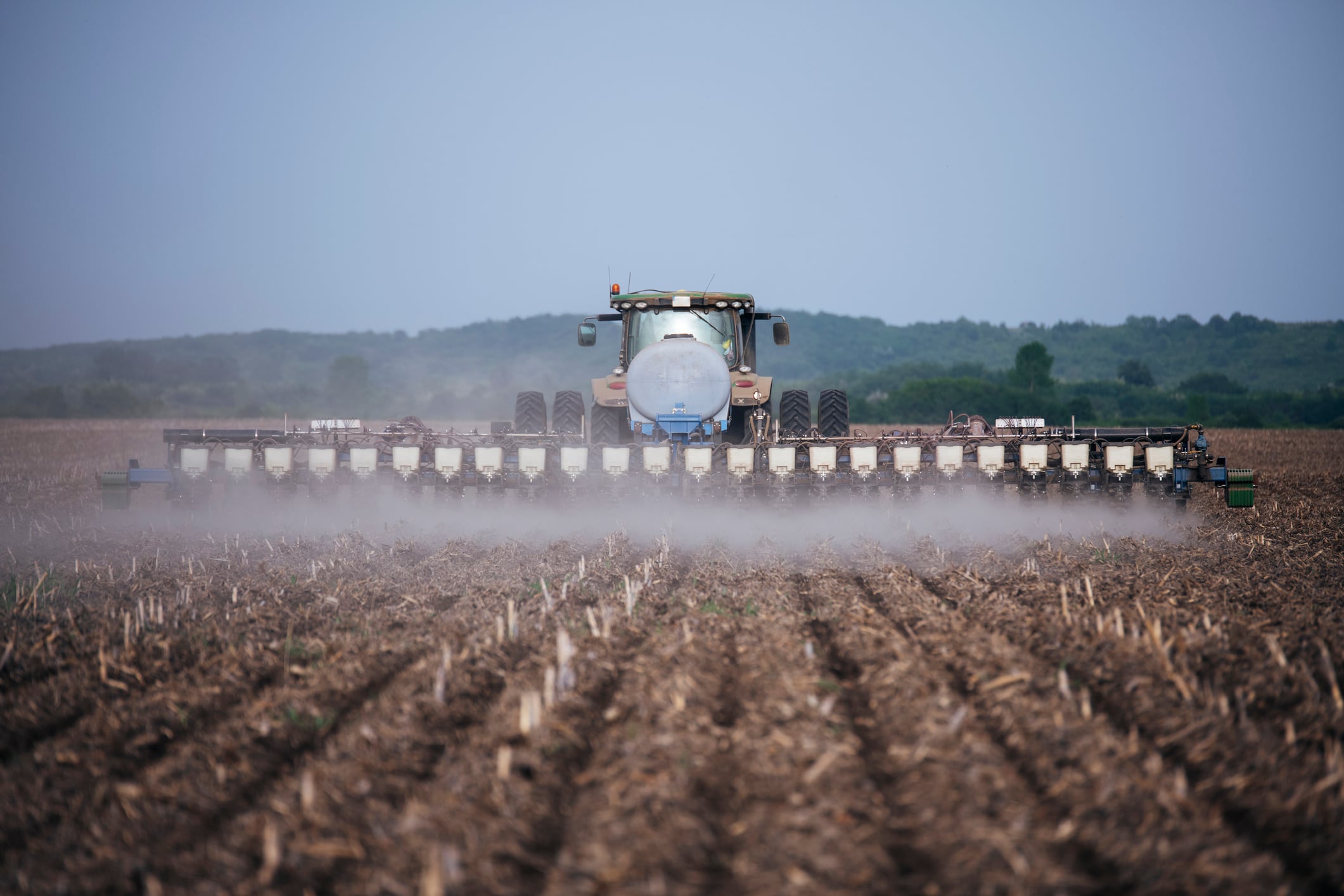Feed-related emissions account for around 30% of total emissions on an average UK dairy farm, according to new analysis from UK data platform, Map of Ag.
Yet many farmers, and the processors and retailers relying on their data, are still working with carbon calculators that use generic values for feed ingredients. The result? A lost chance to cut emissions while maintaining productivity.
“Generic emissions factors don’t reflect the real variability in feed composition, sourcing, or environmental impact,” John Warburton, sustainability expert, Map of Ag, tells us. “That means farmers can’t pinpoint whether a specific ration component is inflating their carbon footprint - or see the benefits of switching to lower-emission alternatives if the footprint is based on generic assumptions.”
To drive meaningful reductions, more accurate, farm-specific data that reflects the true environmental impact of what’s being fed is required.
To address this gap, Map of Ag has worked with more than 100 feed companies to allow emissions to be calculated using true feed data - tonnages, constituent analysis and sourcing. It has developed algorithms to calculate emissions from individual feed tickets, based on actual ingredients and inclusion rates.
The difference between feeds can be dramatic, notes James Husband, senior livestock consultant, Map of Ag.
“Some standard 18% protein compounds and blends can carry up to three times the embedded emissions of others.”
That level of insight is critical when looking to reduce feed-related emissions, he stresses.
Audit-readiness
For farmers, accurate feed data opens the door to improved benchmarking, audit-readiness, and even access to sustainability-linked incentives. For processors and retailers, it’s essential for understanding and reducing Scope 3 emissions - the farm-level emissions included in their supply chain carbon accounting, outlines Warburton
“With more accurate data, food businesses can identify emissions hotspots, plan targeted interventions, and report with credibility under ESG frameworks.”
On-farm data capture
At the Animal AgTech Innovation Summit in Amsterdam in October, industry leaders from Hilton Fo ods, OSI Group, Carbery Group, and Arla Foods will explore how food companies are partnering across the beef and dairy supply chains to drive sustainability through shared data frameworks, agtech innovation, and credible emissions tracking. With insights on overcoming barriers to farmer engagement, meeting SBTi FLAG targets, and implementing effective incentive models, this session promises practical strategies for real-world impact. It will be chaired by Kate Matthews of Kite Consulting.
Soy and Scope 3 strategy
One area where nuance matters is soy. It’s become a focal point in sustainable sourcing discussions, with some companies imposing blanket bans due to concerns about deforestation. But this approach can be counterproductive, argues Husband.
“When responsibly sourced, soy can be an efficient, low-emission protein source. It produces more protein per hectare than many alternatives and improves soil fertility by fixing nitrogen.”
Banning it outright, without considering provenance, might not lead to better environmental outcomes, he contends.
This is especially relevant as the EU Deforestation Regulation (EUDR) looms on the horizon. Due to come into effect in 2026, it will require proof that certain products exported to the EU are free from deforestation-linked inputs including soy.
“UK farmers will need to know exactly where their feed ingredients come from. Traceability won’t be optional anymore, particularly for those exporting cull cows or other products into Europe.”
Local feeds
Accurate feed data also helps identify climate-friendly alternatives already available on the doorstep; incorporating co-products into your ration can be both cost-effective and environmentally smart, say the Map of Ag consultants.
Co-products like brewers’ grains, distillers’ grains, and beet pulp - by-products from other industries – are often rich in protein or energy and reduce reliance on imported feed ingredients. They can also carry lower embedded emissions.
“As most embedded emissions are already allocated to the original industry – like brewing – they typically carry a much lower carbon cost,“ explains Husband.
Local cereals and homegrown protein crops are other options gaining traction, continues Warburton. “They not only cut transport emissions but can foster synergies between arable and livestock farms - closing nutrient cycles and improving system resilience.”
Collaboration
To make these strategies mainstream, collaboration is key. Feed manufacturers like ForFarmers are already making product-specific emissions data available through platforms such as Map of Ag.
Beth Austermuhle, environment sustainability and governance manager, ForFarmers UK, says this data is currently available on request and could soon become a standard feature in emissions reporting:
“It’s essential that we understand the role feed plays in a farm’s overall carbon footprint. Generic values only give an indication – that’s why we use accurate, product-specific figures.”
According to Warburton, further progress depends on digitized traceability, standardized reporting, and better integration between farm software systems and sustainability platforms.
“APIs for data sharing, third-party verification of sustainability claims, and training for advisors are all vital next steps.”





